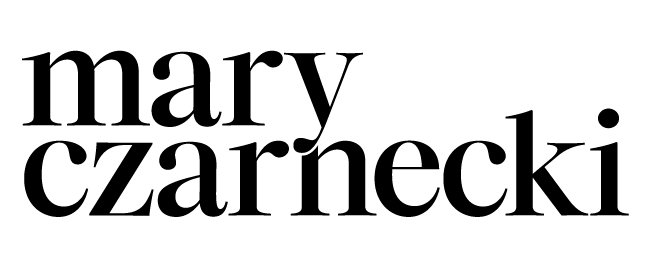How to Write Creative Briefs That Inspire Action Without Overwhelming Your Team: The Secret to StoryBriefing™ (Copy)
Creating effective creative briefs can be a challenge.
You want them to be inspiring and actionable, but not so dense that they overwhelm your team. That's where StoryBriefing™ comes in. This blog post summarizes a three-part mini-series from Sticky Note Marketing, outlining Mary Czarnecki’s proprietary approach to crafting high-impact creative briefs.
This series explores the core components of StoryBriefing™, offering practical advice and real-world examples to help you create briefs that truly resonate.
Episode 1: Knowing Your Audience — Beyond the Demographics
The first step in creating a compelling creative brief is understanding your audience. But not just their age, location, and income. This episode emphasizes the importance of going beyond basic demographics and developing in-depth audience profiles.
Why is this so crucial? Because truly understanding your audience's needs, motivations, and pain points allows you to create campaigns that truly connect. The episode highlights how brands like Caterpillar have successfully used in-depth audience profiles to develop impactful campaigns that stand out from the crowd. By understanding the "why" behind their audience's actions, they were able to craft messaging that resonated on a deeper level.
Key takeaway: Don't just know who your audience is; understand what makes them tick.
Episode 2: Crafting a Compelling Insight
The second episode dives into the heart of a great creative brief: the insight. This is where you uncover those powerful "aha" moments that drive audience action. An insight is more than just an observation; it's a deep understanding of a problem or opportunity that resonates with your target audience.
This episode provides guidance on how to uncover these valuable insights and use them to inform your creative strategy. Using real-world examples, such as Experian’s emotionally resonant campaign, the episode demonstrates how tapping into genuine human emotions can lead to powerful and effective advertising.
Key takeaway: Look beyond surface-level observations to uncover the underlying truths that drive your audience.
Episode 3: Setting a Clear Behavior Objective
The final episode focuses on setting a clear behavior objective. This is the key to giving your campaigns clear direction and ensuring that everyone is working towards the same goal. A well-defined behavior objective outlines the specific action you want your audience to take as a result of your campaign.
This episode explains how brands like Nationwide have successfully aligned their creative teams with actionable goals to drive measurable results. By clearly defining what they wanted their audience to do, they were able to create more focused and effective campaigns.
Key takeaway: Define the specific action you want your audience to take to maximize the impact of your creative efforts.
Conclusion:
This three-part series offers valuable insights into creating creative briefs that inspire action without overwhelming your team. By focusing on understanding your audience, crafting compelling insights, and setting clear behavior objectives, you can create briefs that lead to more effective and impactful campaigns. The StoryBriefing™ approach provides a framework for creating briefs that are not just documents, but powerful tools for driving creative success.

